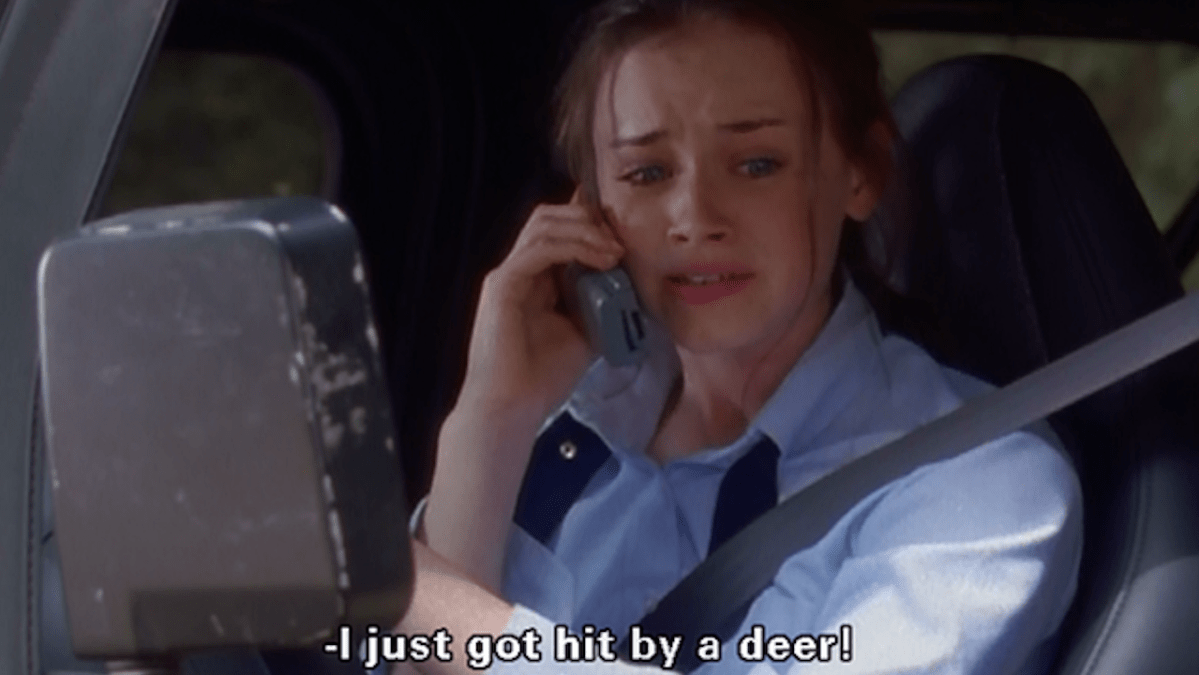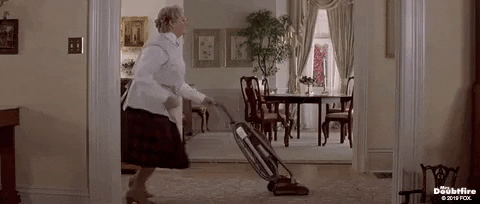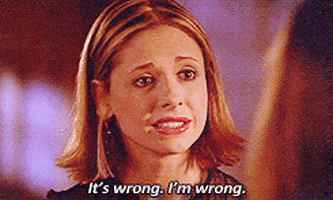
First thing’s first: we hope you never find yourself in a car accident. But should the worst happen, we want you to be prepared. It’s not surprising that you’re not sure how to handle yourself after a prang because it’s never expected and can give you a pretty big shock when it does.
For the uninitiated, it can be difficult to determine who’s at fault in the heat of the moment, immediately after an accident has occurred. Conveniently, it’s not your job and your insurance provider will put in the work to figure out who’s liable.
So, there’s no point in arguing with the other driver about who caused the accident, there are a few things you need to do instead. We’ve partnered with Bingle to put together a simple little checklist to make sure you know what to do after an accident.
First, a little bit of housekeeping

If my parents have taught me anything, it’s what I need to do if I’m ever involved in a car accident. First, make sure everyone is safe from hazards such as oncoming traffic and do what you can to prevent further damage. In case of emergencies, call 000. Regardless of whether you think you’re at fault or not, do your best to stay calm, write everything down, and do not admit fault or offer to pay for anything — this will all be taken care of as part of the claims process with your insurer.
Car accidents can be pretty awful and that means your memory could be a bit hazy later on. That’s why it’s important to take deep breaths and jot down everything you remember. Oh, and do your best to exchange details with the other driver (or drivers). It might not always be possible but when you can, remember to ask for these key pieces of information:
- The full name, address, rego and phone numbers of all drivers involved. In fact, take a photo of their license, too.
- Full names and phone numbers of any witnesses.
- The insurance details of the other drivers or people impacted (for example, if there is damage to someone’s property).
- Take plenty of photos of the accident and damage (please be safe while doing so and keep an eye on traffic).
- Our tip is to use the notes section on your phone to write down everything you can remember about the accident, including when and where it happened.
So, when are you at fault?

As we mentioned before, it’s not really your job to figure out whether you’re in the wrong — your insurance provider will sort this out. That said, here are some general instances where it may be all on you, according to Service NSW (this may vary state-to-state):
- If you were drink driving.
- If you fail to obey a traffic light or sign.
- If you fail to give way (e.g. at a roundabout or intersection).
- If you rear end someone else’s car.
And, when *aren’t* you at fault?
Basically, you aren’t at fault when the other person is 100% at fault. You could just be going about your daily business and popping up the street for a soy latte when another driver does one of the above things to cause an accident.
Is it possible for no one to be at fault?
In short, yes, it is possible. This is called “no-one responsible” and is when the damage is caused by something the driver couldn’t control, for example, hail damage.
According to Bingle, there is another type of scenario where both parties are equally responsible — they call it “each bear own”. An example of this would be if two people reverse into each other’s cars in the shopping centre car park or if both drivers break the road rules at the same time. Just remember that you may still need to pay an excess in this scenario.
If you’re a first-timer, remember that if you are ever in a car accident, you can contact your car insurance provider and they will guide you through the process of claiming on your own policy.



